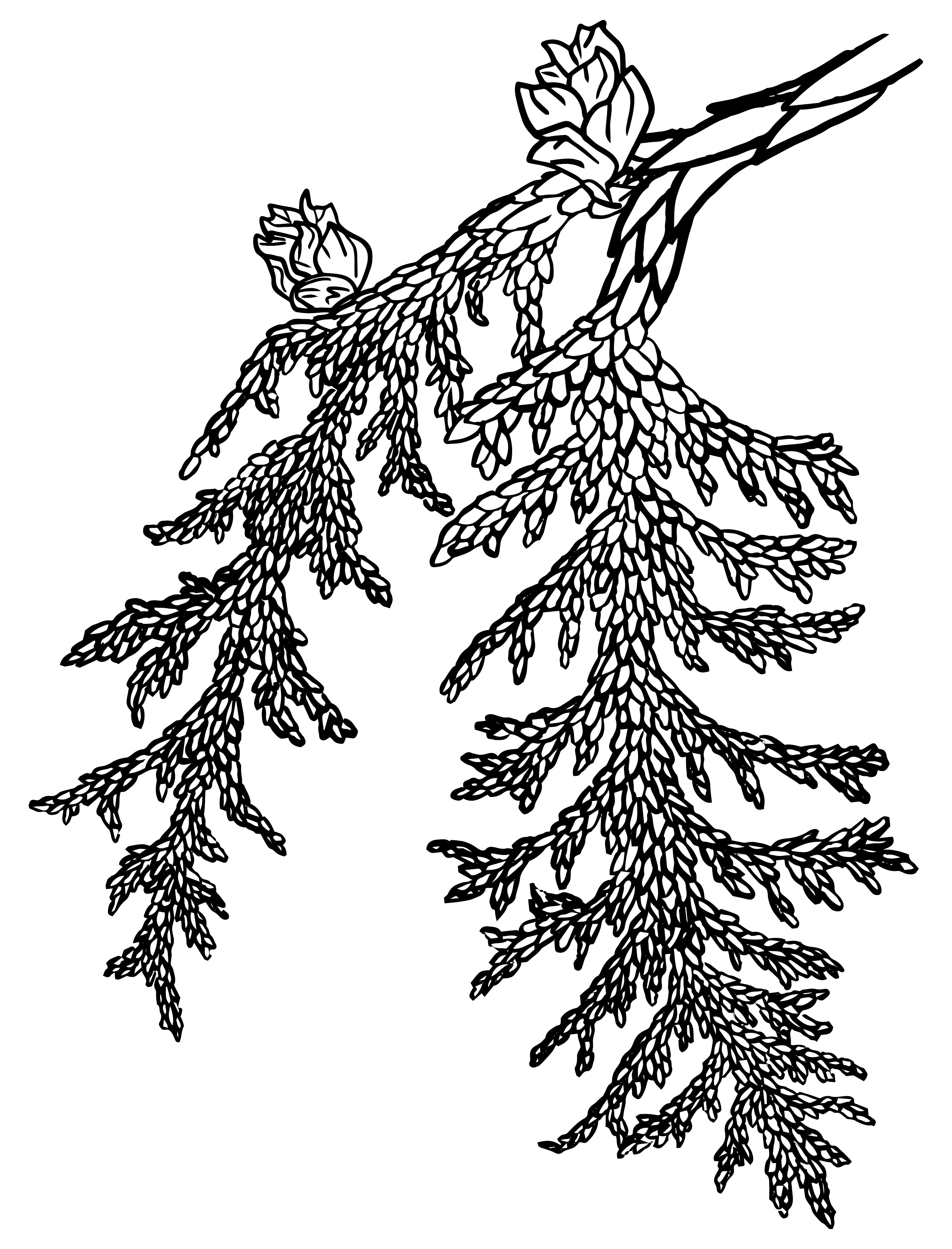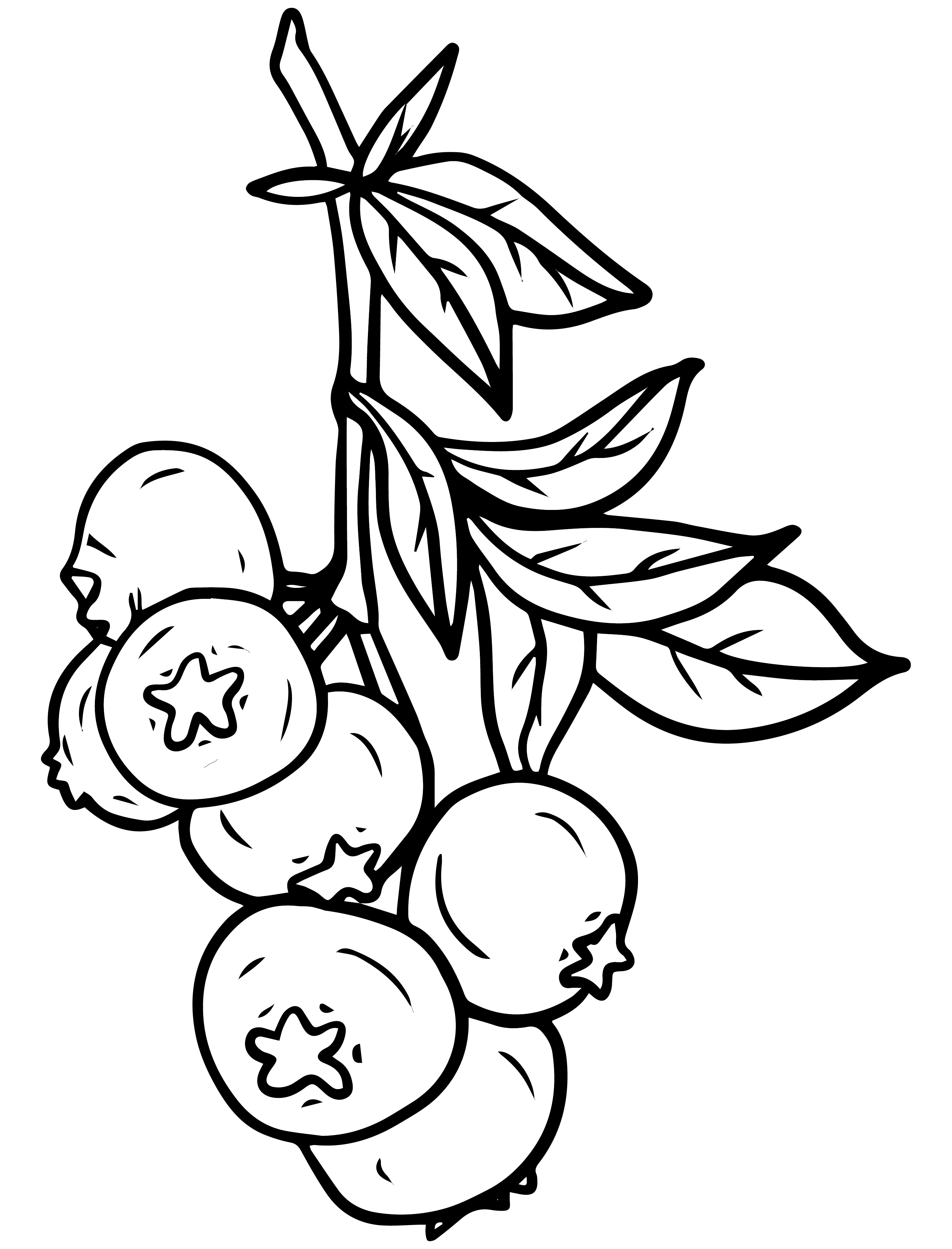Creating an Ecosystem to Support Survivors of Sexualized Violence: An Indigenous Perspective
This guide uses the analogy of the berry patch as an ecosystem to support First Nations, Métis, and Inuit students and survivors of sexualized violence. You are invited to choose your path to the berry patch by identifying and sourcing the resources and pathways that will help your specific community ecosystem flourish, for safer campuses for everyone.
In this first video, Jewell Gillies introduces key themes and ideas that will guide this journey and work.
Jewell Gillies (they/them) is a Two-Spirit member of Musgmagw Dzawada’enuwx. They are the daughter of Daisy Susan Gillies (née Webber) and Richard Gillies, and the granddaughter of Fanny Wamiss and Stan Webber. Their ancestry and lineage come from the Kwakwaka’wakw People, from Kingcome Inlet and Alert Bay, B.C.
Jewell attended the University of the Fraser Valley Criminology and Criminal Justice program and was commissioned as a Vancouver City police officer for the City of Vancouver in 2006. During their six years with the Vancouver Police Department, they served as a beat enforcement officer in the Downtown Eastside, as a seconded detective in the Sexual Offences Team, and were part of the Musqueam Response Team, among multiple other community-driven events.
Jewell’s passion for supporting historically excluded community members and seeing equity and social justice centred on education and financial security issues led them to change professions in 2012. They spent 10 years working in the education system, from K–12 to higher education, most recently as the Indigenous student services coordinator for Okanagan College. They were also the executive board chair for Strengthening Connections, the Indigenous Student Recruitment Collective for Higher Education in the Province of B.C.
Jewell is also an Indigenous advisor for provincial training programs working with BCcampus on topics covering sexualized violence and mental health and wellness.
Jewell brings a wealth of traditional knowledge from their community and the many Knowledge Keepers, community members, and Elders that have shared with them over the years. Jewell considers their daughter one of their best teachers/coaches, leading with love, curiosity and wonder for the world. It is these teachings that ground Jewell in their work.
Reflection Questions
 As you start to consider building an ecosystem of support for First Nations, Métis, and Inuit students at your institution, consider your own ecosystem of support.
As you start to consider building an ecosystem of support for First Nations, Métis, and Inuit students at your institution, consider your own ecosystem of support.
- What does your ecosystem of support look like? This could be for support in any area of your life, including physical, mental, and emotional health, financial security, and professional and career development. Think of all your potential resources: employee plan benefits, trusted family or loved ones, counselling, medical or naturopath therapies, paid sick leave, mentorship and professional development, peer support, and support for any traumatic incidents, including sexualized violence.
- How and when do you seek support from this ecosystem of support?
- Do you seek support regularly or only during periods of stress and difficulty?
- Do you seek different support for professional and personal needs?
- When seeking emotional and mental health support, is there a focus on strength-based approaches and reciprocity rather than a deficit-based approach?
- What have you learned from the ecosystem?
- Remember that the premise of the ecosystem is to build a thriving and supportive space. Reflect on how your experience with the people, places, spaces, and opportunities have supported you and can contribute to and illuminate the support you provide to peers or other people.
- As you consider your role in “growing the berry patch” to support Indigenous students at your institution, consider your own lived experiences, your existing knowledge, and actions you can take to contribute to safer learning spaces at your post-secondary institution.

- What knowledge and skills can you draw on?
- What knowledge and skills do you need to work on to grow this berry patch?
- Then, ask yourself: “What’s next?”

